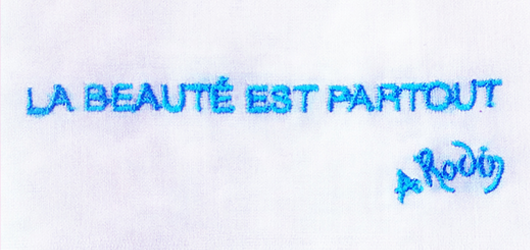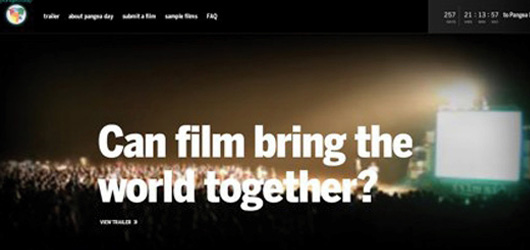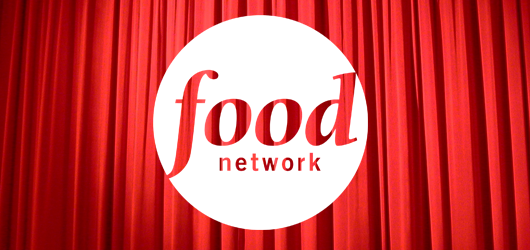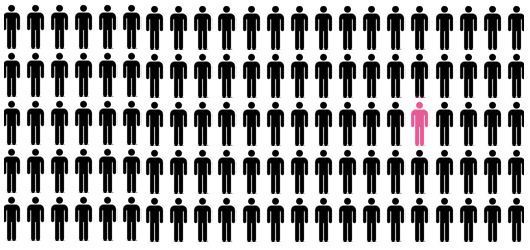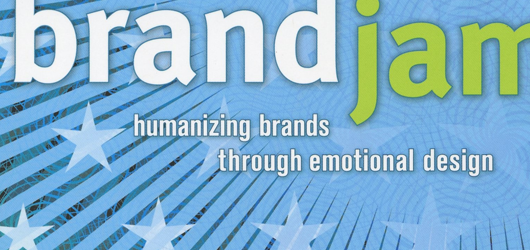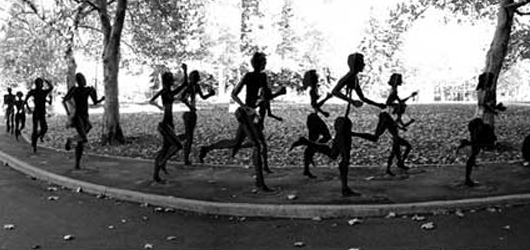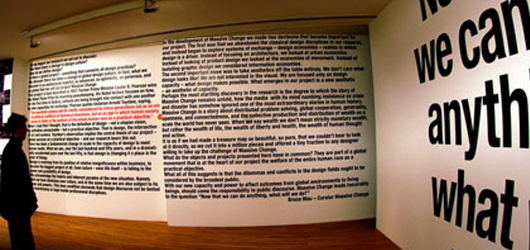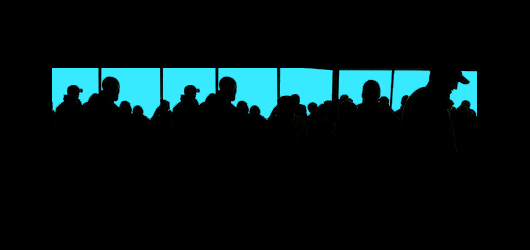A great article in the New York Times called Lost in E-Mail, Tech Firms Face Self-Made Beast poses an interesting question – are the same technology tools that have led to improvements in productivity can be counterproductive if overused?
RescueTime, an computer habits research company, conducted a study and found that a typical information worker who sits at a computer all day turns to his e-mail program more than 50 times and uses instant messaging 77 times. The study also found that on average the worker also stops at 40 Web sites over the course of the day.
Perhaps the area of greater concern is the financial impact of distractive technology in the workplace. According to Basex, a management science research group, in the United States more than $650 billion a year in productivity is lost because of unnecessary interruptions. The firm says that a big chunk of that cost comes from the time it takes people to recover from an interruption and get back to work.
According to John Tang, a researcher at IBM, the challenge today lies to finding ways to prevent software tools from distractions in the workplace.

